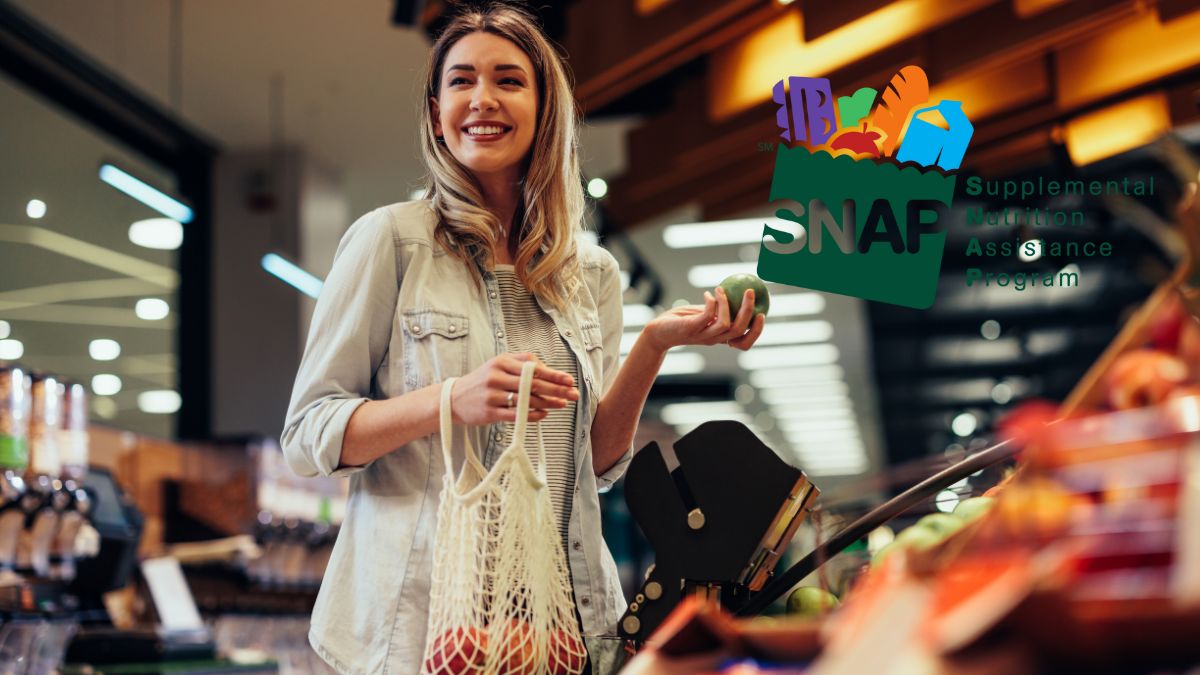When a United States citizen starts collecting SNAP Food Stamps, they know that the funds are deposited directly onto their EBT card once the State processes the payment. However, there is another crucial aspect to understand regarding the distribution of this benefit.
The key concept here is knowing the schedule of monthly payments. SNAP Food Stamps are disbursed on different days of the month depending on the State in which you reside. For instance, while a citizen in Colorado may receive their funds almost at the beginning of the month, someone in Georgia might have to wait a little longer.
Although it is guaranteed that the funds will be available every month, the exact day you receive your SNAP Food Stamps can vary. This is why it is essential to be aware of your specific payment schedule each month. Understanding this schedule allows you to better organize your household finances.
- Consistency: Funds are deposited monthly.
- Variation: Payment dates differ by State.
- Planning: Knowing your payment date helps in financial planning.
By staying informed about your State’s payment schedule, you can ensure that you manage your household budget more effectively and avoid any unnecessary financial stress.
Understanding the complete schedule of SNAP Food Stamps payments for July 2024 is essential to know if your benefits should have already been loaded onto your EBT card. Notably, the last payment day for this benefit is July 28th, meaning all payments should be available by then.
SNAP Food Stamps Payment July 2024
Here is the detailed SNAP Food Stamps payment schedule for July 2024, organized by state:
- Alabama: July 4 to 23
- Delaware: July 2 to 23
- Florida: July 1 to 28
- Georgia: July 5 to 23
- Indiana: July 5 to 23
- Kentucky: July 1 to 19
- Louisiana: July 1 to 23
- Maryland: July 4 to 23
- Michigan: July 3 to 21
- Mississippi: July 4 to 21
- Missouri: July 1 to 22
- New Mexico: July 1 to 20
- North Carolina: July 3 to 21
- Ohio: July 2 to 20
- Puerto Rico: July 4 to 22
- Tennessee: July 1 to 20
- Texas: July 1 to 28
- Washington: July 1 to 20
It’s important to note that the amount you receive with SNAP Food Stamps does not influence the specific time of the month you get your benefits. Just checking the balance on your EBT card can easily tell you whether you already have the money available or if you need to wait a bit longer.
Restrictions on SNAP benefits can be used once they are loaded onto the EBT card
Once SNAP benefits are loaded onto an EBT card, there are some restrictions on how they can be used:
What you can buy with SNAP benefits
- The food items are meant to be eaten at home. They include breads, cereals, fruits, vegetables, meats, fish, poultry, and dairy.
- Seeds and plants to grow food for personal consumption
What you cannot buy with SNAP benefits
- Beer, wine, liquor, cigarettes, or tobacco
- Vitamins, medicines, and supplements
- Live animals are allowed. This excludes shellfish, fish removed from water, and animals slaughtered before pick-up.
- Foods that are hot at the point of sale
- Non-food items like pet foods, cleaning supplies, paper products, hygiene items, and cosmetics
Beneficiaries of SNAP in the United States
The Supplemental Nutrition Assistance Program (SNAP) is a vital resource for millions of Americans, providing essential assistance to those in need. Formerly known as food stamps, this program offers benefits to low-income individuals and families, ensuring they have access to nutritious food. SNAP beneficiaries encompass a diverse group, including working families, the elderly, and individuals with disabilities.
Eligibility Criteria
Eligibility for SNAP is determined by several factors, including income level, household size, and other specific criteria. This ensures that assistance reaches those who need it most. The program is structured to provide a lifeline to:
- Low-income families struggling to make ends meet
- Elderly individuals on fixed incomes
- People with disabilities who require additional support
By understanding your EBT card balance, you can better manage your SNAP benefits and ensure you have the resources you need when you need them.
What should you do if you don’t receive your SNAP Food Stamps on the expected payment date?
If you don’t get your SNAP benefits on the expected date, here are the key steps to take:
- Contact your state’s SNAP office or hotline as soon as possible to report the issue and check on the status of your benefits. They can look into why you didn’t receive the payment and help resolve the problem.
- If your EBT (Electronic Benefits Transfer) card has not arrived within 7-10 days of being approved for SNAP, contact the office to check if it was mailed out. EBT cards are how SNAP benefits are delivered.
- If your EBT card is lost or stolen, report it immediately so they can deactivate the old card and issue you a new one.
- If you suspect fraud or unauthorized purchases on your EBT card, contact customer service right away. Dispute the transaction and ask for an investigation.
- If you have an urgent need for food assistance while resolving the missed payment, explain the situation to your caseworker. You may be eligible for expedited benefits within 7 days if you have very low income and resources.




